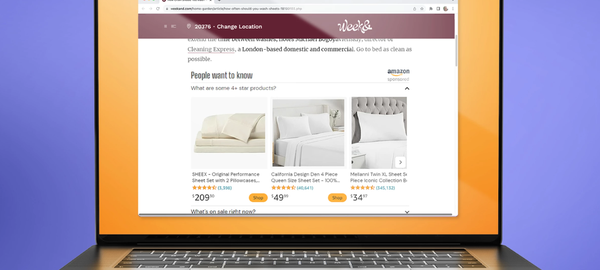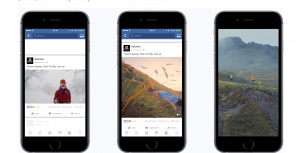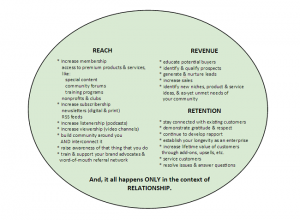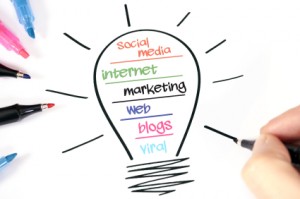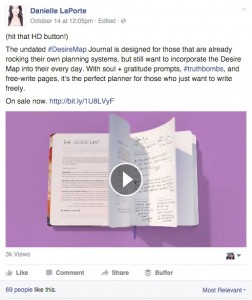Amazon Expands Sponsored Products Ads To Pinterest, BuzzFeed, Others
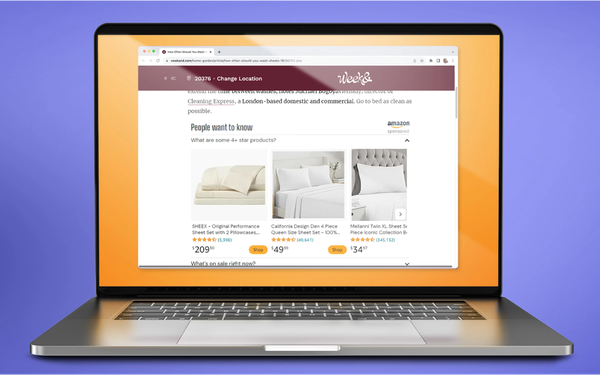
Amazon is making a move to have ads appear of its owned-and-operated sites. The company’s display ads that serve-up on search results pages will now do the same on third-party websites including Pinterest, BuzzFeed and Hearst Newspapers.
The ads also will appear on Raptive, which helps bloggers and independent website publishers optimize their ad revenue, and Ziff Davis brands such as Lifehacker and Mashable, among others. The goal, per Amazon, is to start small, learn, and expand into other opportunities to enable discovery and shopping experiences.
Amazon is getting serious about advertising. Colleen Aubrey, senior vice president of Amazon Ads Products and Technology, says the company has been working to build and evolve shopping-type ads for more than 10 years, leveraging advanced machine learning algorithms to show advertising that is highly relevant for customers. And it shows.
In April, Pinterest announced a multiyear ad partnership with Amazon to bring more brands and relevant products to its platform. The deal made Pinterest Amazon’s first partner on third-party ads.
Amazon this year will make up 7.5% of the overall global digital advertising market worldwide — growing to 9.2% by 2025, per the forecast from Insider Intelligence. The research firm estimates that by 2025, Google will claim 25% of the U.S. digital advertising pie, while Meta will hold 18%, and Amazon will hold 15%.
Tinuiti reported that in the second half of the first quarter, Amazon’s share of Google Shopping impressions rose an average of 20 points compared with a year earlier. The ecommerce giant increased its visibility in Google Shopping results, while rival Walmart’s impression share slipped to end the quarter.
Advertisers using Sponsored Products need not take action for their ads to appear on the partner sites or apps. Based on relevant page context, the campaign, and cost-per-click parameters that sellers have already established–Sponsored Products ads will automatically serve-up when the Amazon’s ad platform identifies a customer who is likely interested in a product.
All ads will link to the Amazon product page. The goal is to move consumers from inspiration to browsing or buying in one or two clicks. Sponsored Products only appear when advertised items are in-stock, and include shopping attributes such as Prime delivery promise, ratings, and accurate pricing information.
(9)
Report Post